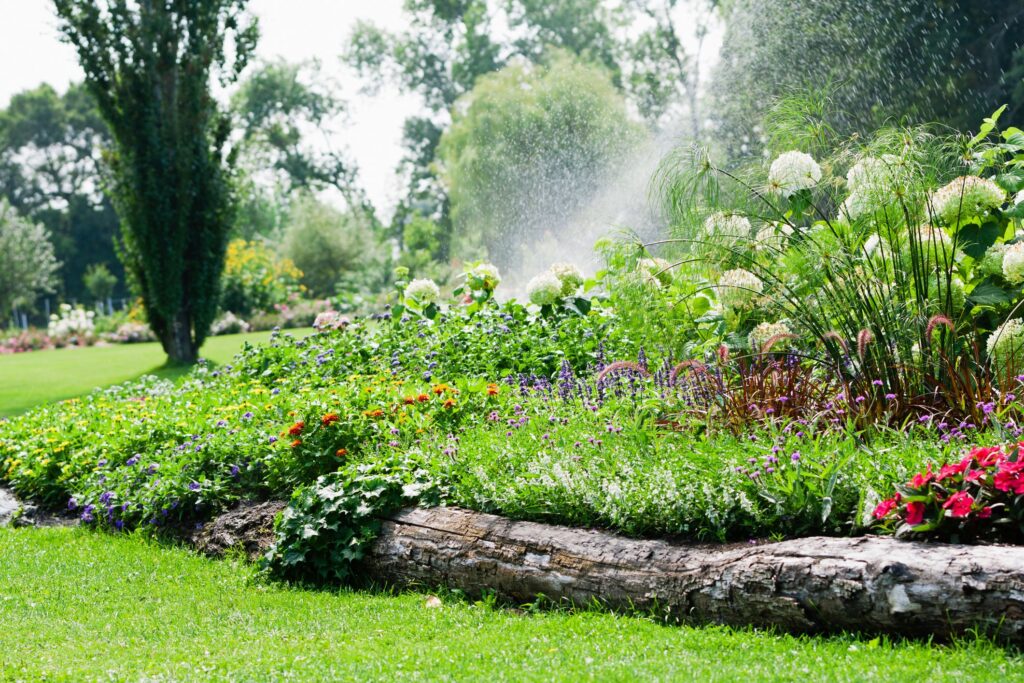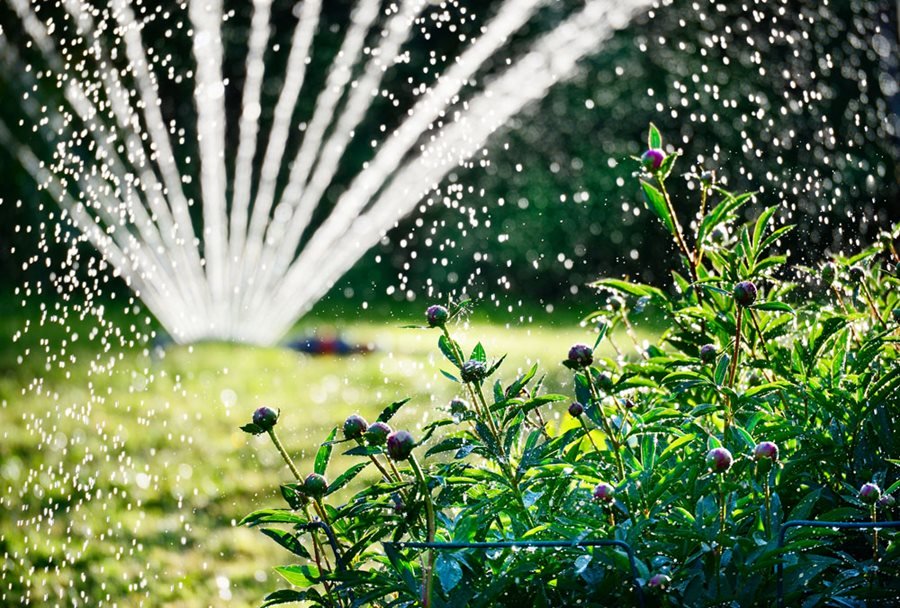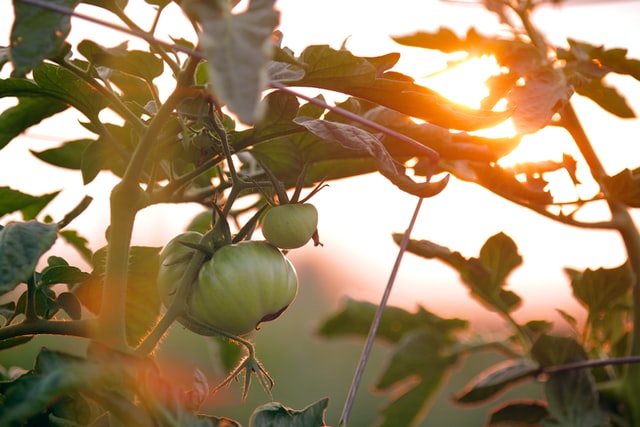Ready to dig into your new gardening adventure but not sure how to select the best spot for your specific needs? This article will help!
When it comes to choosing the best spot to start a garden, there are several factors you need to consider. Spending the time to plan it properly is time well spent!
It all begins with what you want to grow because vegetables, plants, and flowers thrive in different conditions. Some need partial shade, or full sun. Some vegetation can withstand wind, while others cannot.
Generally, an area that gets sufficient sunlight, contains good soil with minimal exposure to wind would be a good spot to start with. You can improve on the soil but choosing a rocky or gravel area will probably cost you more effort with less than desirable results. So, let’s have a look at the most important points for choosing the best garden spot.

Sunlight
You may want to avoid building your garden near the house or outside structures that will cast shadows over the garden patch during the day. Most plants will flourish with at least six hours of sunshine so find the sunniest spot to start with.
Soil
Do soil research and testing to determine what will grow best and how much water will be required. Sandy soils will need more compost and water while clay will need less watering. Learning about soil types is important to establishing a healthy, balanced garden. You can add compost, earthworms, and biofriendly fertilizers to improve the quality of the soil.
Water
Your plants will obviously need water, so your garden spot should have easy and convenient access to clean water. Consider installing rain tanks and drip irrigation to make watering easy on a daily basis.

Protective Solutions
If your preferred area is exposed to wind, you can erect windbreaks with plastic sheeting, build a greenhouse, or other fencing solutions. Protecting your garden from wind helps retain soil moisture, which results in increased garden productivity and healthier crops. If you want to keep your pets from digging up the garden, or prevent destruction from birds or wild animals, then consider ways you can easily cover or shield the beds. Installing a scarecrow will help deter unwanted pests from entering the area.
Plant Selection
The golden rule is to put the right plant in the right place, and that’s where soil knowledge comes in handy. Learn all you can about your soil, research which plants prefer your soil type, as well as how many hours of sunshine do different plants need to thrive. With some research, you’ll be able to find the perfect plant composition for each zone you want to use for gardening. There are so many plants to choose from to create a colorful and diverse edible landscape!

A garden has limitless potential and you can choose to go with an informal or formal design. Informal gardens are easier as you can combine different colors, shapes, perennials, or annuals without having to maintain symmetrical or repeated patterns throughout the garden. Note that having ornamental plants placed on borders serve as protection to other plants and adds a wonderful, visual appeal.
Keep in mind that some plants grow better with other plants but once you get the balance right, you’ll be rewarded with your own functional and beautiful backyard paradise.
